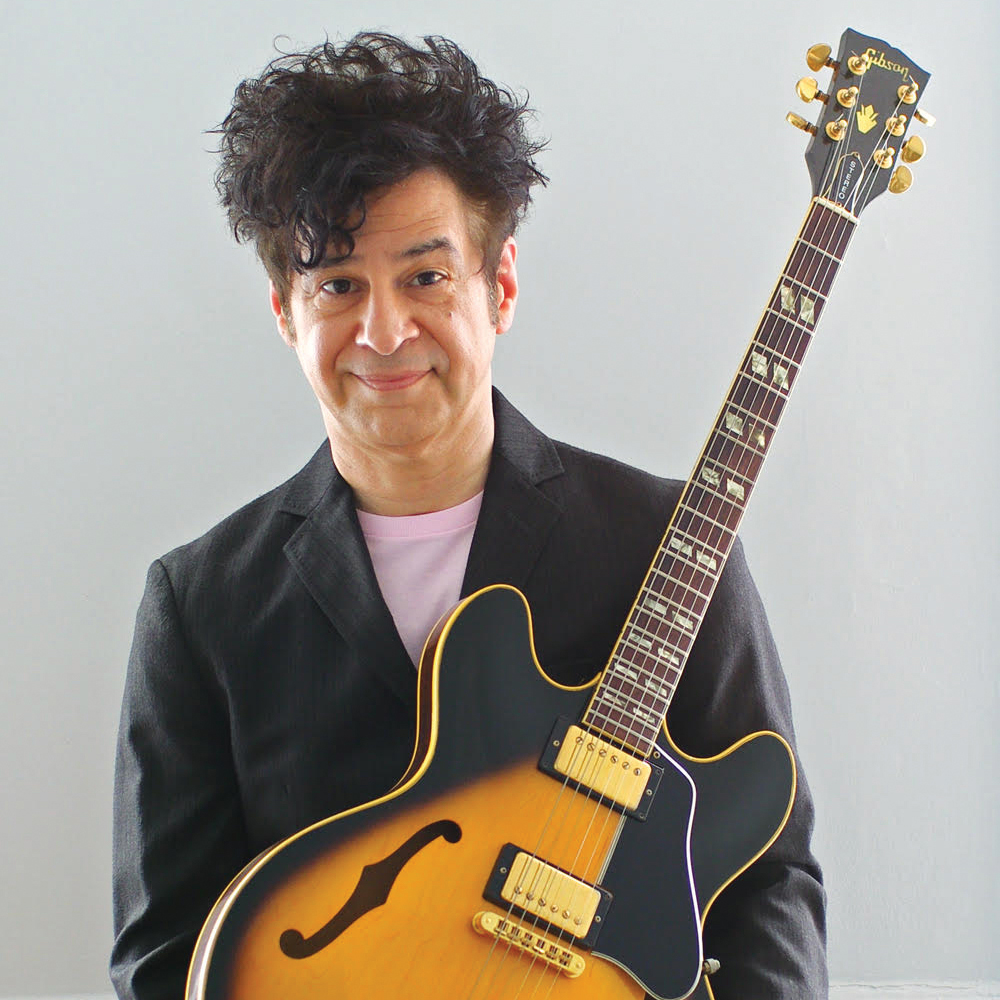Three Hot Country Guitar Licks for Rockers
We’ve talked here before about country licks—about how they’ve been used by rock guitarists like Jimmy Page, David Gilmour and Steve Howe, and the value they have in broadening your range when playing licks and soloing.
Country shredder Jim Lill has covered this subject before in his excellent video on “10 Beginner Country Guitar Licks,” and we highly suggest you check it out if you haven’t yet.
In this video, Jim approaches the subject again by presenting “Three Quick, Interesting and Useful Country Guitar Licks,” all of which will sound great in a rock context. The lesson includes TAB right in the video for you to play along.
For those who have already watched “10 Beginner Country Guitar Licks,” Jim notes that this video is “the next step for people wanting to get into playing stuff that is a little more interesting.”
Jim describes the licks as follows:
Lick #1
There are 3 flavors of country electric guitar. There’s “Country” which is twangy. There’s “Southern Rock” which shows hints of twang but is mostly just overdriven and switching between major and minor. And there’s “Rock” because the country genre has for a long time embraced the rock-inspired art of the harmonically simple yet tonally pleasing. You mix elements of these three things in your playing to get the kind of sound you want. This first lick is roughly 33 percent of each.
Pentatonics/arpeggios = rock
b3 to 3 = Southern rock
hybrid picked sixths = country
This lick starts with a little southern rock with the b3 to 3 minor to major motion. Then it does a little arpeggio inside of the pentatonic shape, and ends by ascending hybrid picked sixths for unmistakeable country flavor. For some reason when I pick up a guitar, a variation of this lick has been coming out of my hands quite often.
Lick #2
You need to know this lick. It takes many forms with different phrasings, but this is the easiest way to jump in. This lick sits comfortably in the hands of every great country guitarist, so you should work to make sure it sits comfortably in your hands, too.
It works as both major and minor because everything about it is pentatonic except for one note, and the one “out” note if you’re thinking in minor is a b5 sandwiched between a 5 and a 4 as a chromatic passing tone (totally legal) or if you’re thinking of it in major it’s a b3 sandwiched between a 3 and a 2 as a chromatic passing tone (also totally legal).
Lick #3
This lick is an idea that is, to me, the most bang-for-your-buck in terms of speed and sounding pro. It’s one picking pattern for your right hand, and your left hand just molds to whatever scale you’d like to be in. As long is the key of the song works with open strings, you can play this pattern wherever you’d like. The examples I included in the video and tab show how to play this idea over a G (starts minor, ends major), G minor, A7, and G major.
Take a look and learn. If you’re interested in learning more about country guitar playing, check out Jim’s website, where you can find more lessons and MP3s and purchase his e-book, The Graphic Guide to Country Guitar.
As always, we encourage you to head over to Jim’s YouTube channel for more of his great videos, many of which we’ve featured here. Be sure to give his videos a “like” and leave a note of thanks.
Get The Pick Newsletter
All the latest guitar news, interviews, lessons, reviews, deals and more, direct to your inbox!
Christopher Scapelliti is editor-in-chief of Guitar Player magazine, the world’s longest-running guitar magazine, founded in 1967. In his extensive career, he has authored in-depth interviews with such guitarists as Pete Townshend, Slash, Billy Corgan, Jack White, Elvis Costello and Todd Rundgren, and audio professionals including Beatles engineers Geoff Emerick and Ken Scott. He is the co-author of Guitar Aficionado: The Collections: The Most Famous, Rare, and Valuable Guitars in the World, a founding editor of Guitar Aficionado magazine, and a former editor with Guitar World, Guitar for the Practicing Musician and Maximum Guitar. Apart from guitars, he maintains a collection of more than 30 vintage analog synthesizers.








![Joe Bonamassa [left] wears a deep blue suit and polka-dotted shirt and plays his green refin Strat; the late Irish blues legend Rory Gallagher [right] screams and inflicts some punishment on his heavily worn number one Stratocaster.](https://cdn.mos.cms.futurecdn.net/cw28h7UBcTVfTLs7p7eiLe.jpg)


